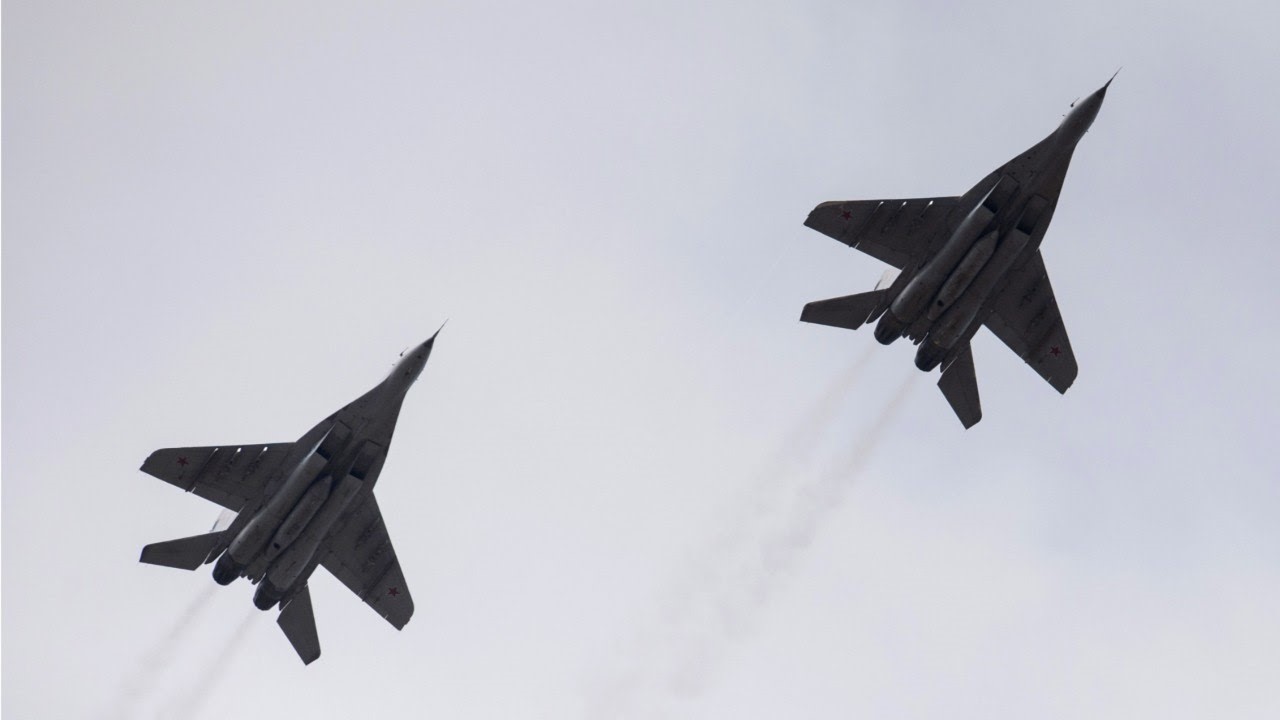Cold wars, cold encounters
June 21, 2017 | Expert Insights

On June 19, a Russian fighter jet flew within five feet of a US Air Force aircraft over the Baltic Sea, according to a US official. This encounter has been assessed to be "unsafe” by the US government.
Background
The United States has noted that it regards the current engagement to be unsafe as the Russian jet reportedly was armed and flew “erratically”.
Since the beginning of June, there have been more than 30 encounters between Russian and US aircraft and ships near the Baltic Sea. Earlier in June, a US B-52 strategic bomber was found flying along the Russian border. A Russian Su-27 fighter jet, part of the Russian Navy’s Defense Petrol identified it and escorted out of its border.
Analysis
The encounters come at a time when both countries have positioned themselves on opposite sides of the conflicts in Europe and the Middle East. In Syria, Russia is supporting the Syrian government and the US has recently launched military strikes at the government forces. When a US Navy jet shot down a pro-regime fighter jet in Syria; Russia responded by warning that US aircrafts operating in specific areas in Syria would be considered ‘air targets.’
In Europe, military exercises among the NATO allies have caused security concerns for Russia. Russia launched the ‘Exercise-Zapad’ to counter potential threats and troops were deployed in Kaliningrad, a buffer zone located between Lithuania and Poland, both of which are NATO allies. NATO on the other hand, has also asserted its presence by conducting ‘Operation Reassurance’ in the Baltic region.
Russia and the US were allies during the latter part of World War II. The relation became adversarial until the end of the Cold War in 1991. Relations between them have been strained for most part of the 21st Century. More recently, the US claimed that Russia had interfered with its 2016 Presidential elections.
Assessment
In a recent interview with the American filmmaker, Oliver Stone, Russia’s President, Vladimir Putin remarked that, ‘if there were to be a war between Russia and the United States, not a single person would be able to survive it.’
Our assessment is that contemporary history plays a role in defining relations between United States and Russia. Both Russia and US possess formidable military capabilities and an outright warfare would be calamitous. It is time to engage in ‘multi-track diplomacy’ where state and non-state actors work to resolve conflicts between the regions to ensure stability worldwide.








Comments